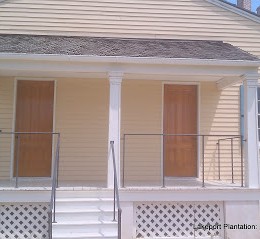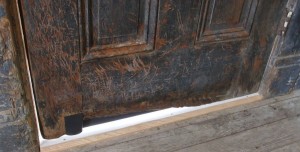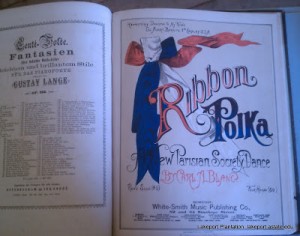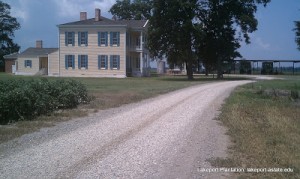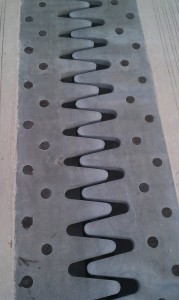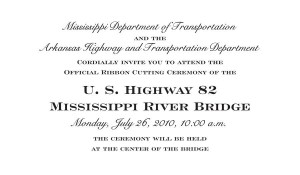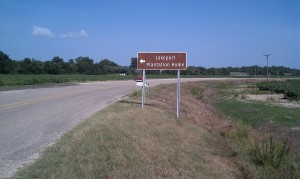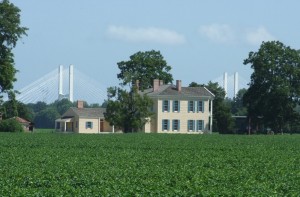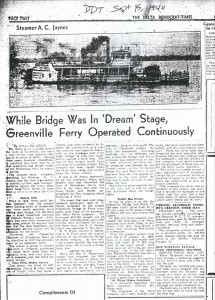Restoration News August 2010
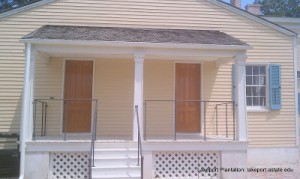 |
| Faux Grained Oak Exterior Doors; Office on Left, Kitchen on Right |
|
||
We also had shutter hardware installed. The hardware allows for the shutters to be shut and locked from the inside. Since all but two of the original shutters were gone, we relied on photographic evidence for reproduction of the hardware.
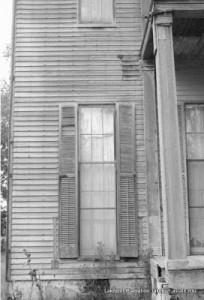 |
| Shutters and Hardware, ca. 1973 from Arkansas Historic Preservation Program |
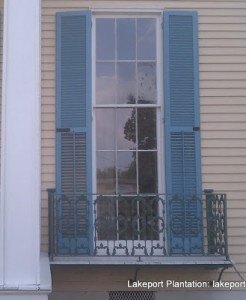 |
| Shutters and Hardware, August 2010 |
In other news, Annie Paden, the grand-daughter of Annie Taylor Worthington, donated her grandmother’s bound sheet music. While the book was bound in 1892, much of the music dates to Annie’s time at Lakeport (1877-1888). See our blog entry on the Lakeport Piano for more on Annie Worthington.
|
||
And finally, thank you to Chicot County Judge Mack Ball for adding gravel to our road.

